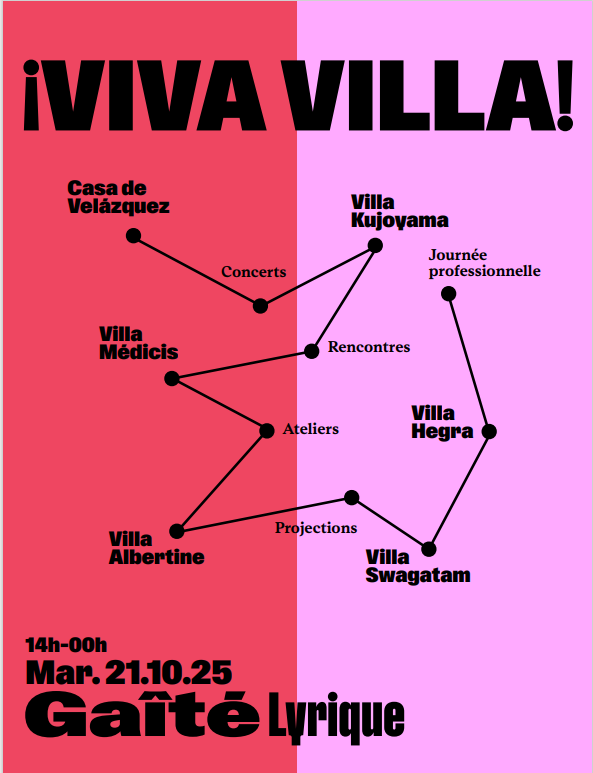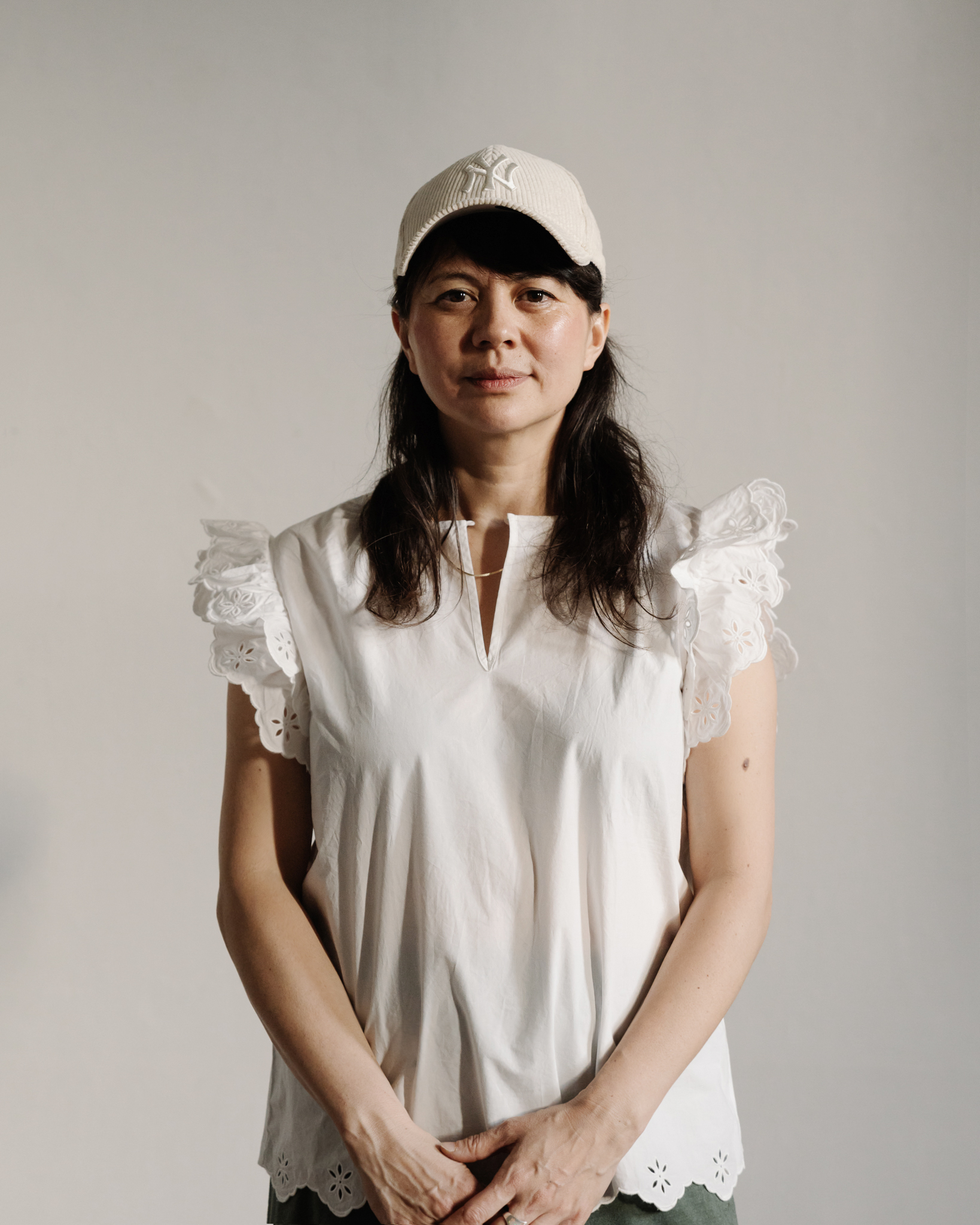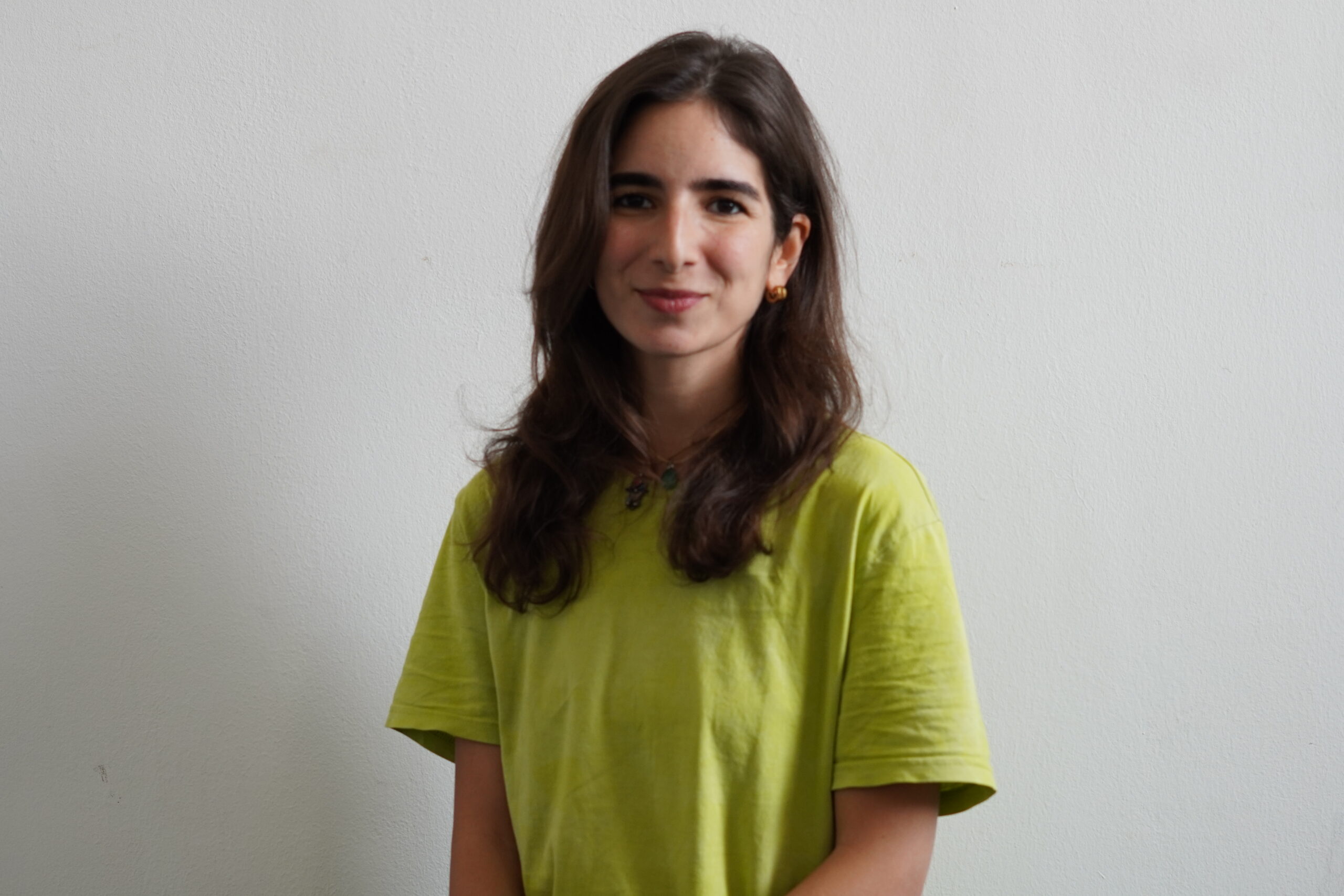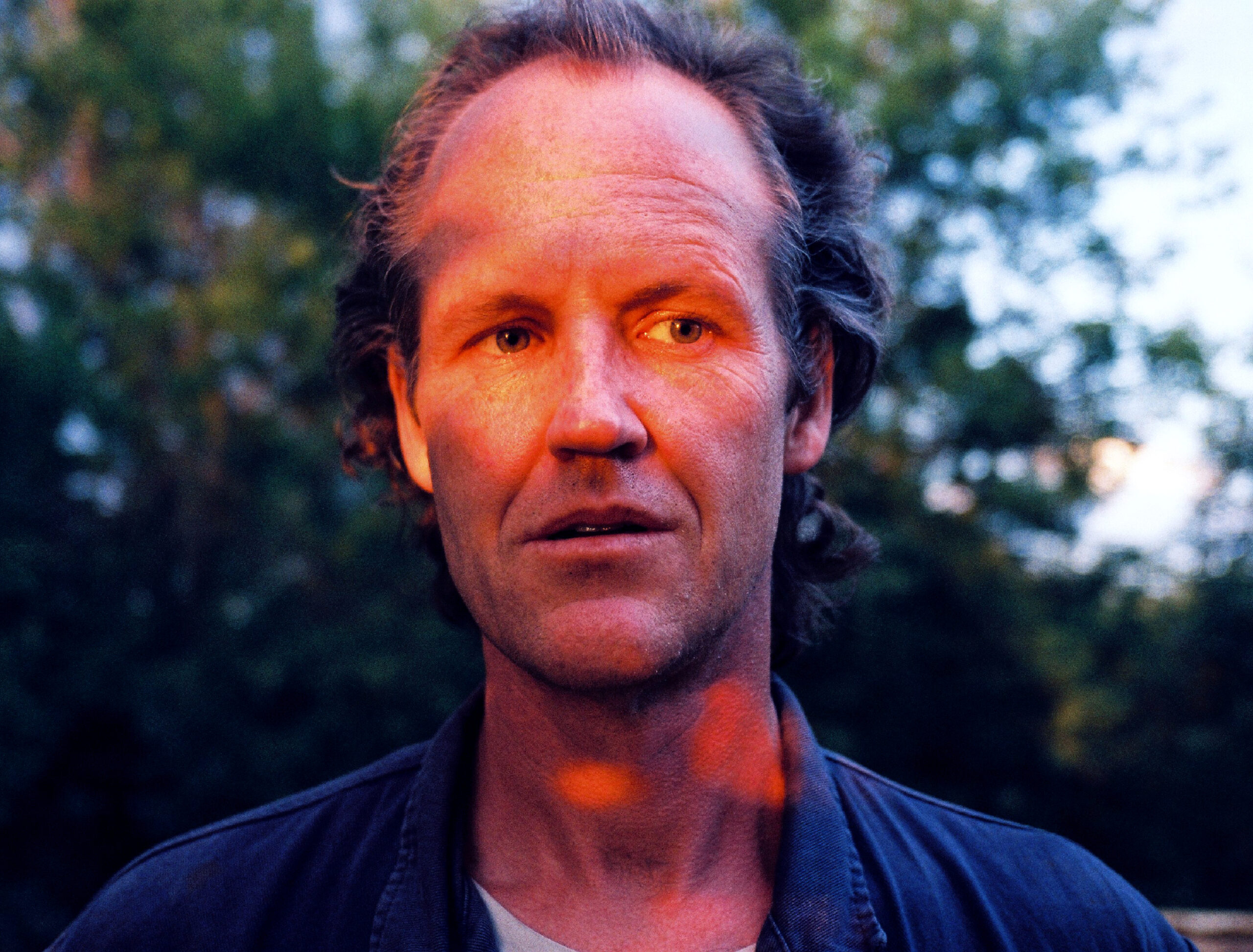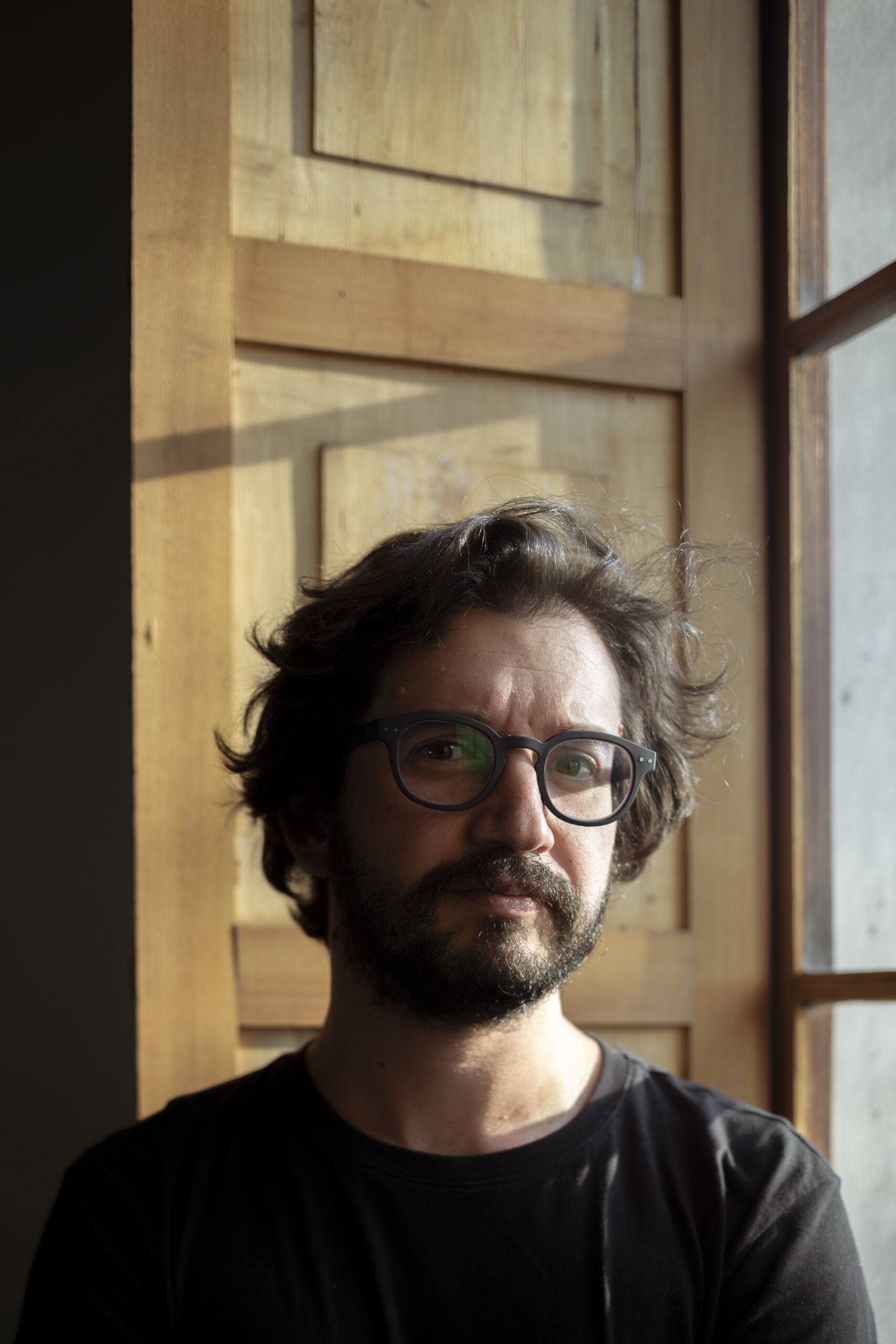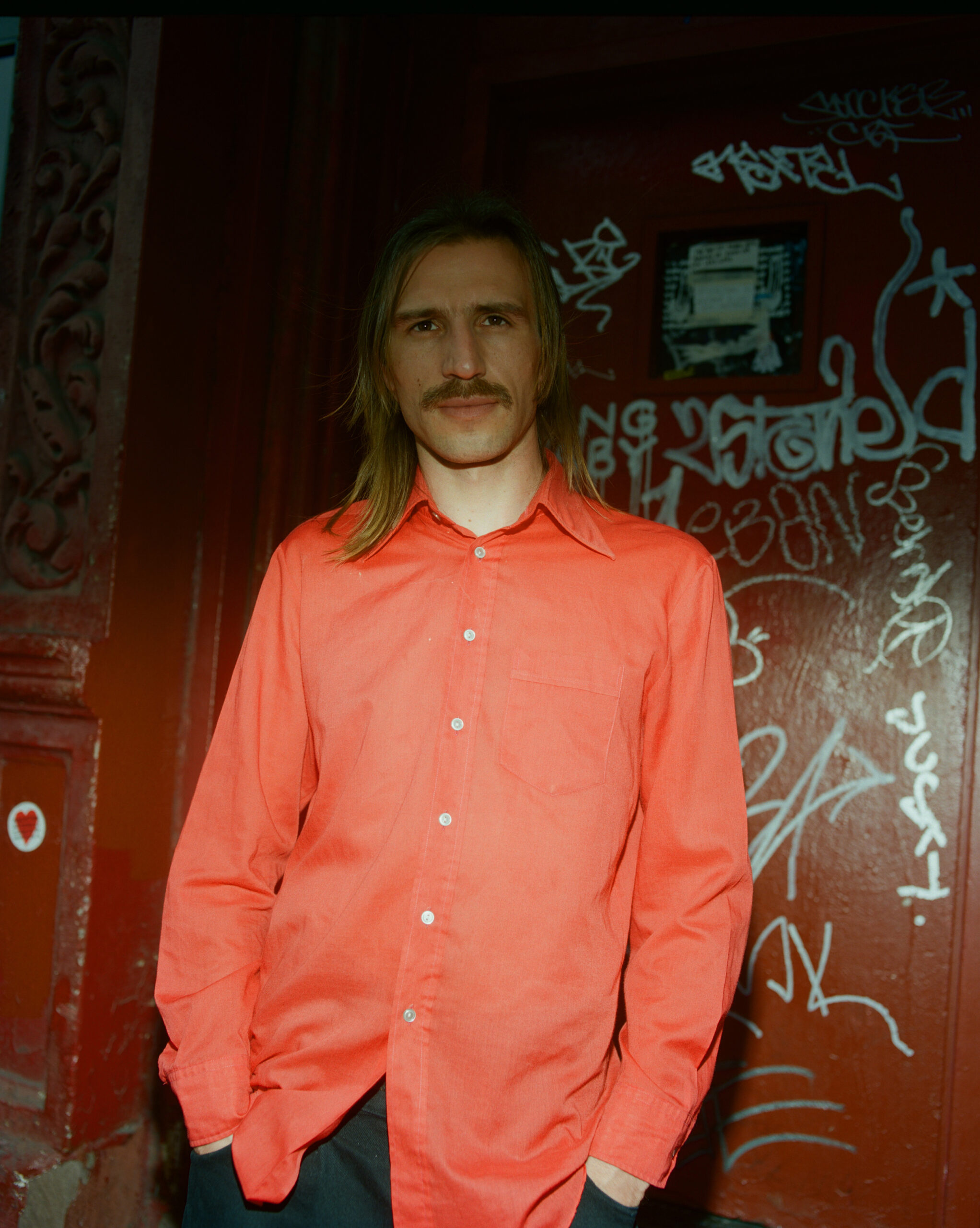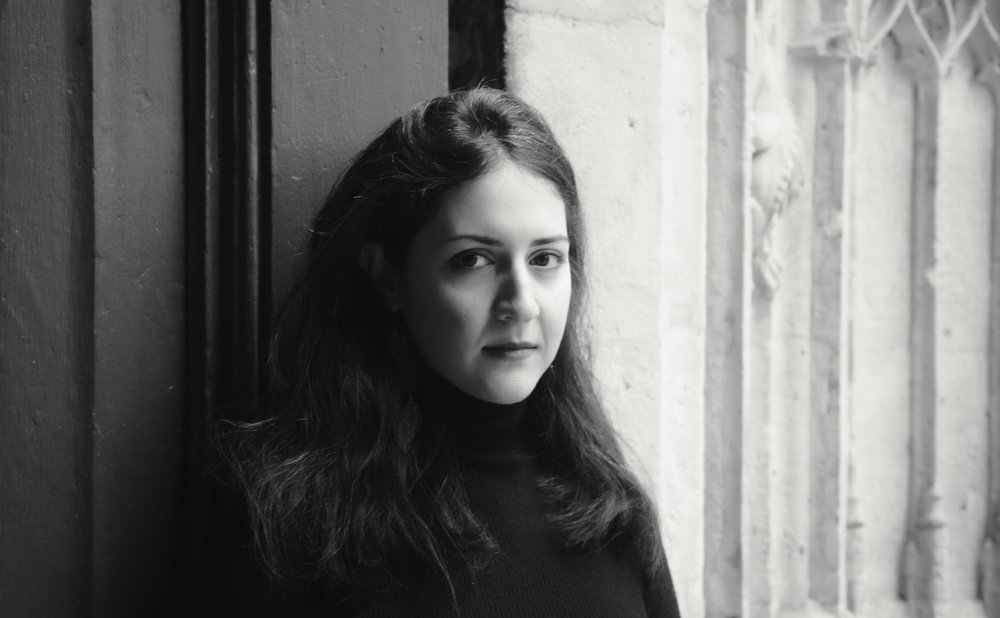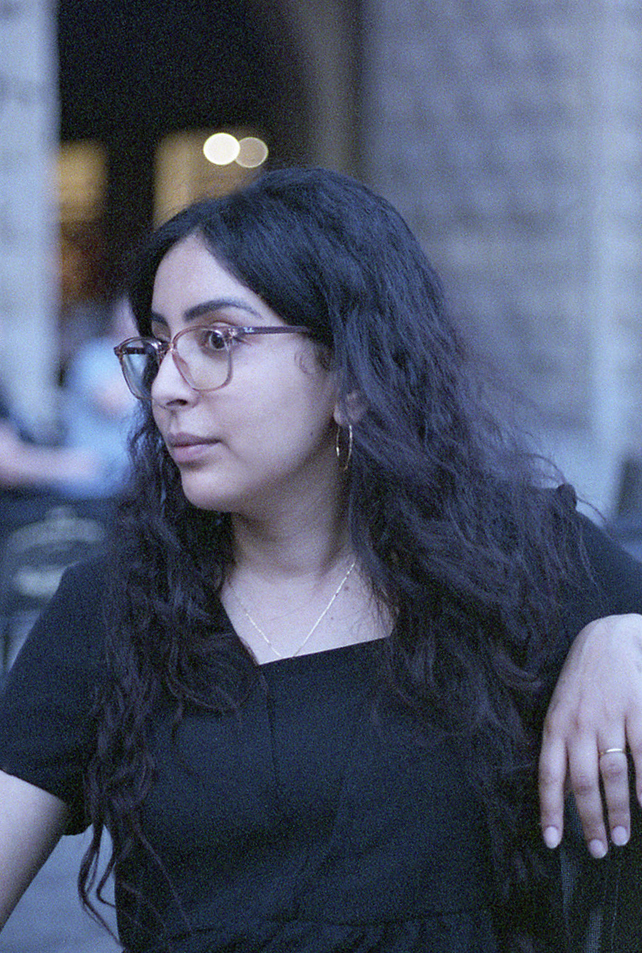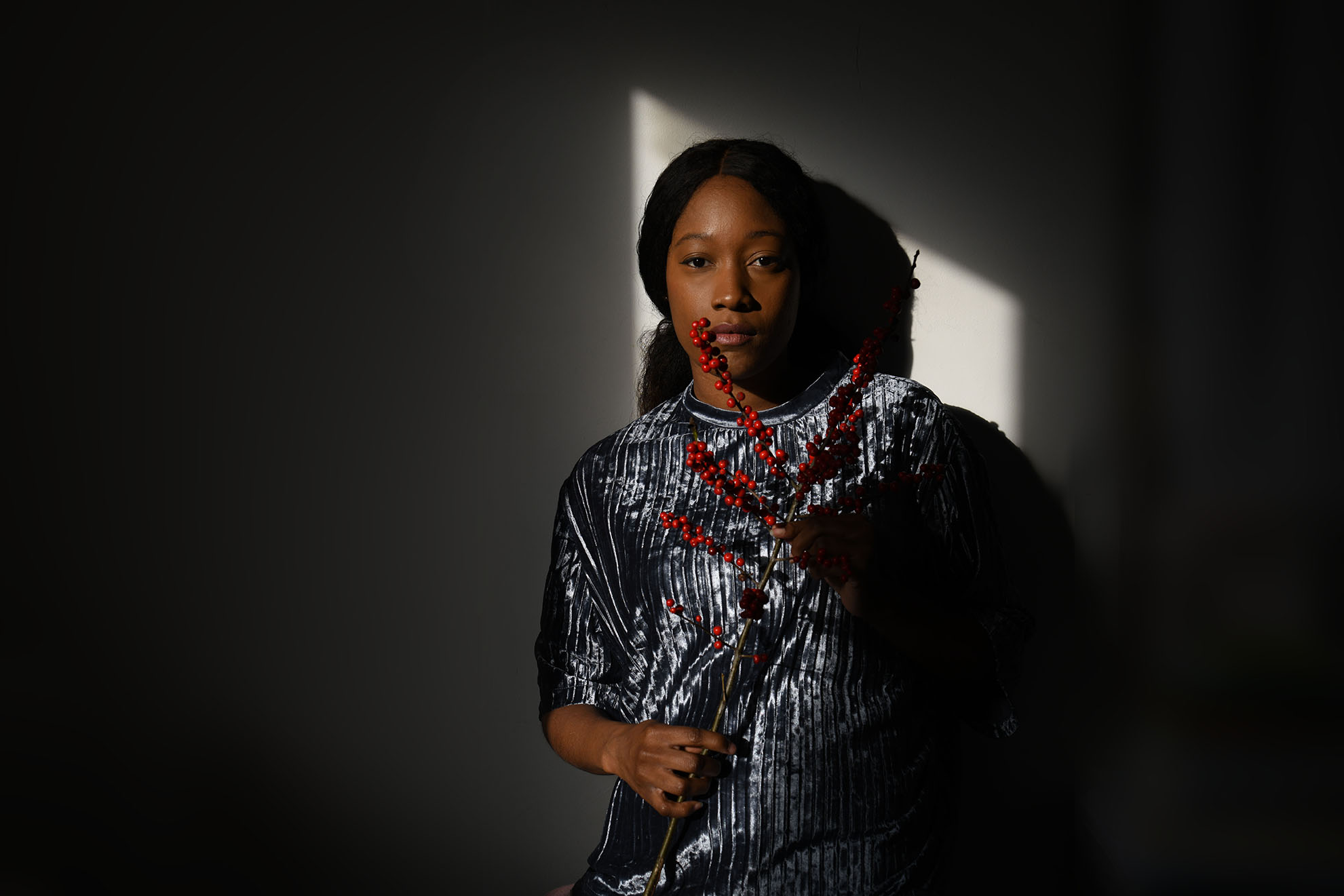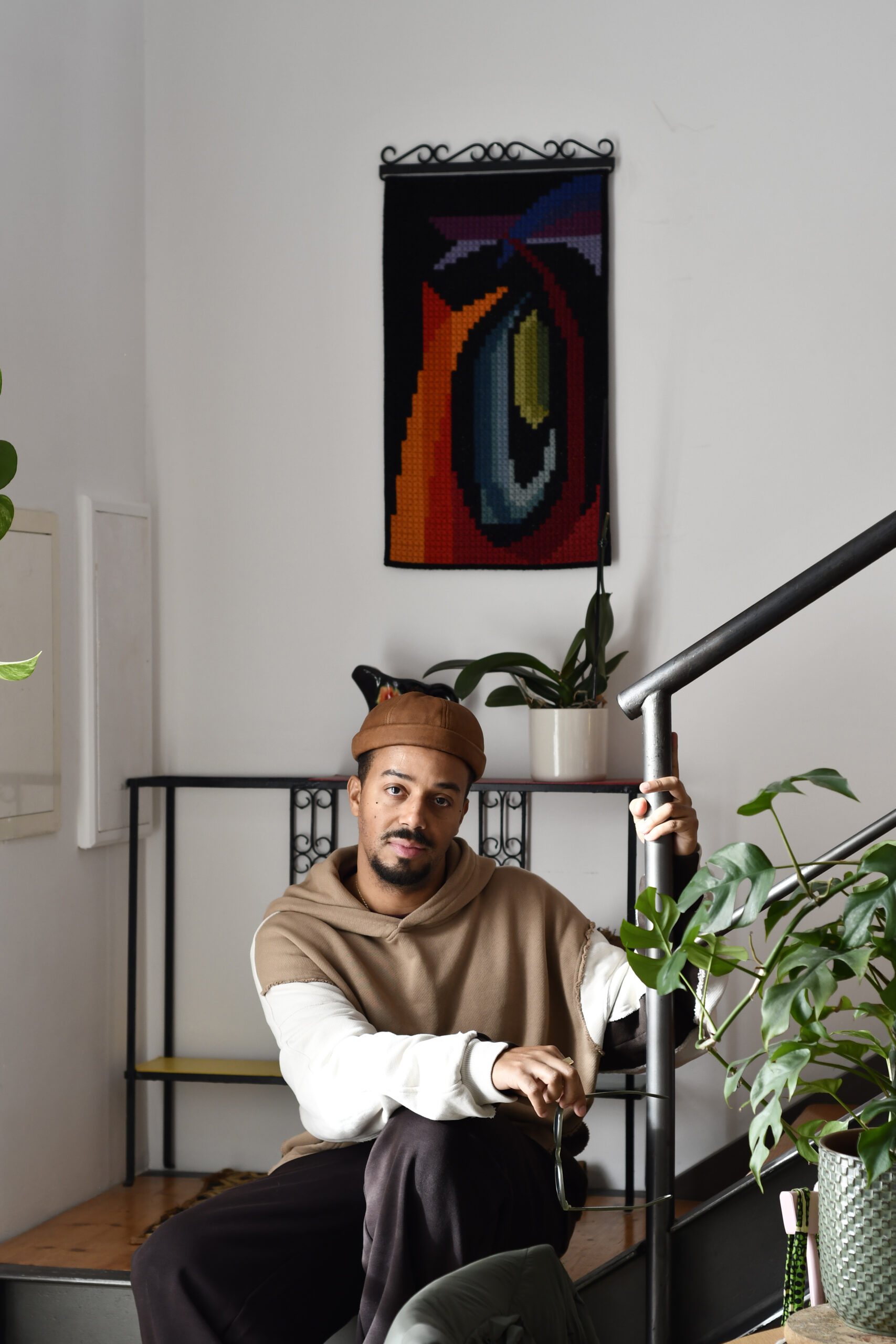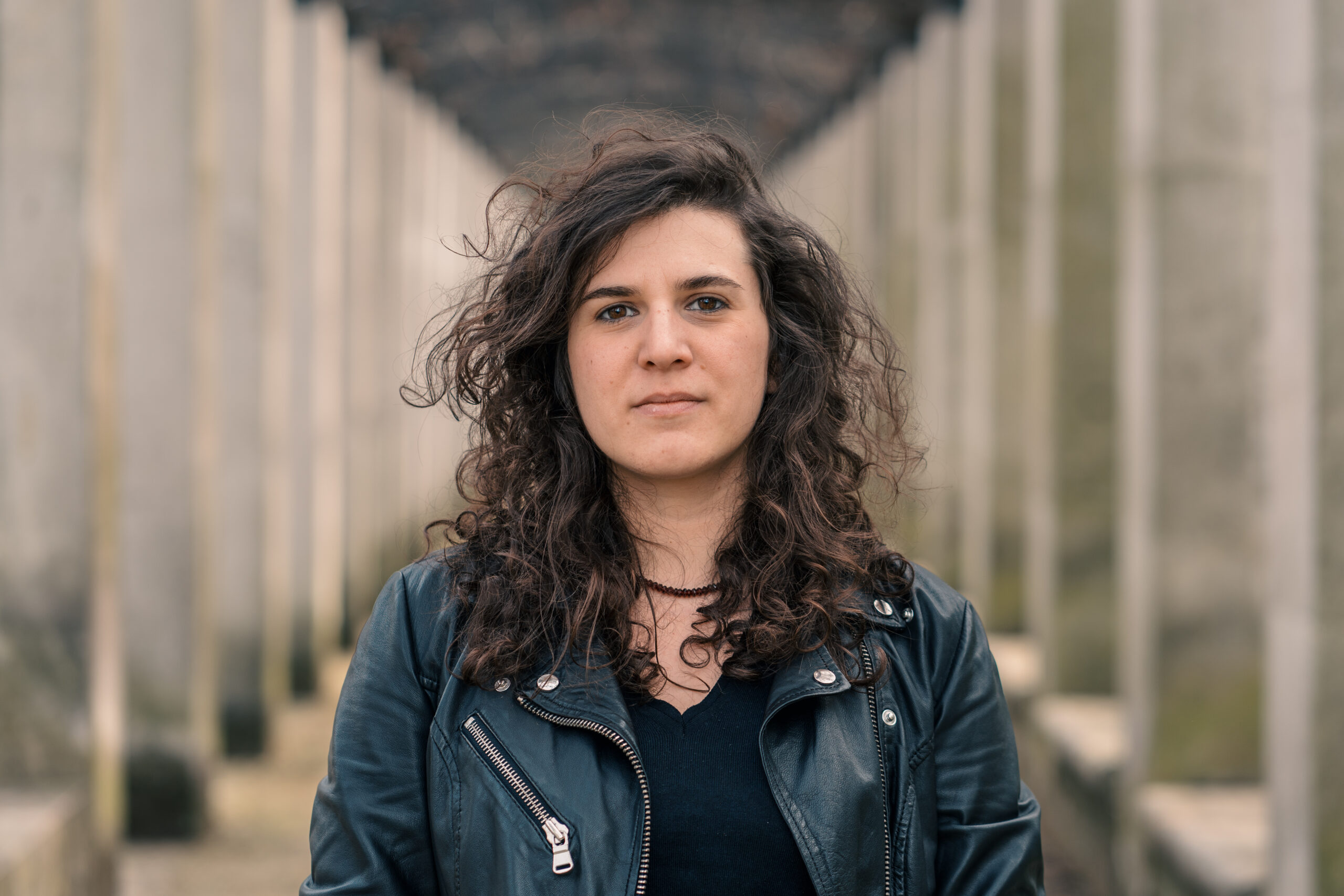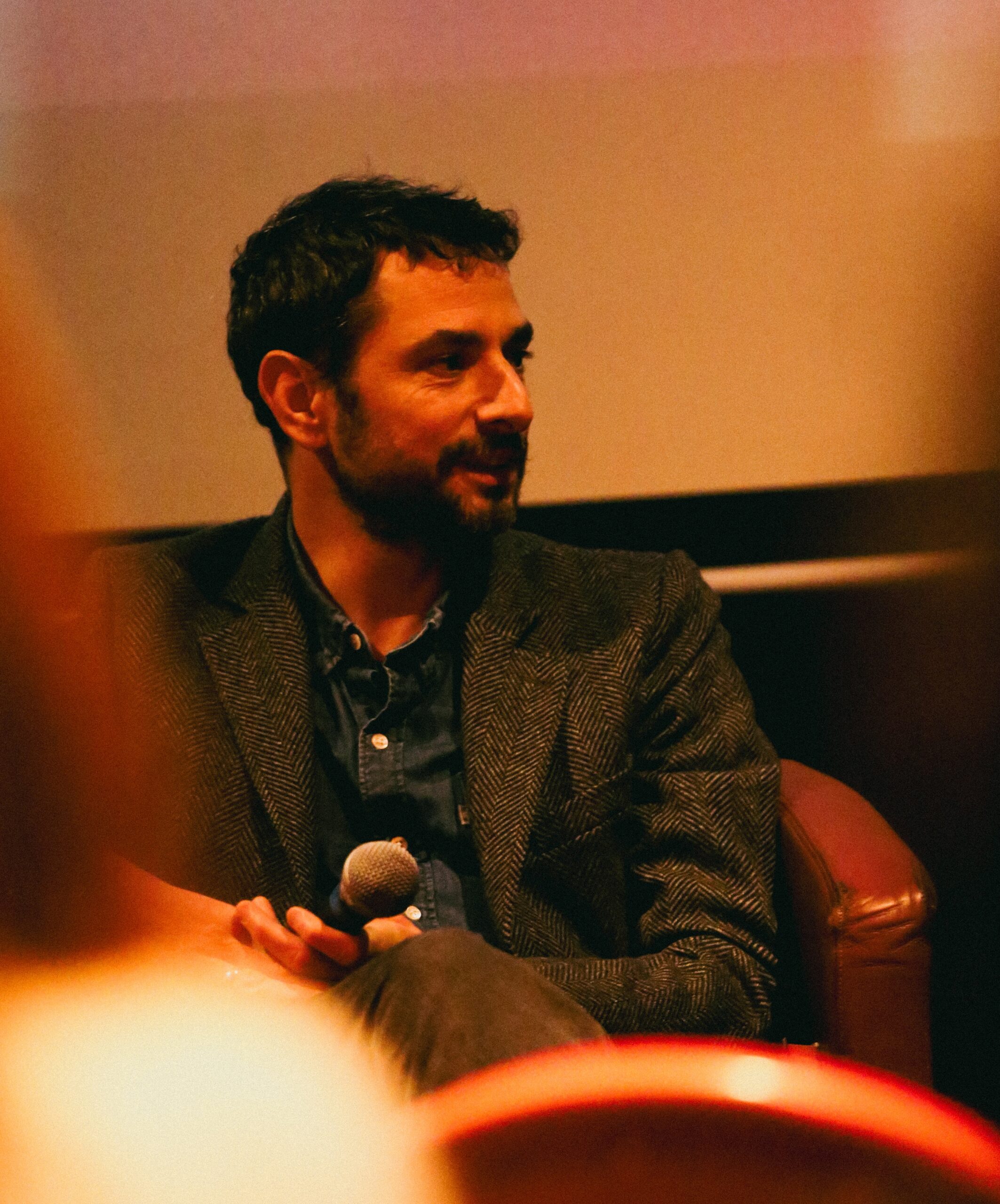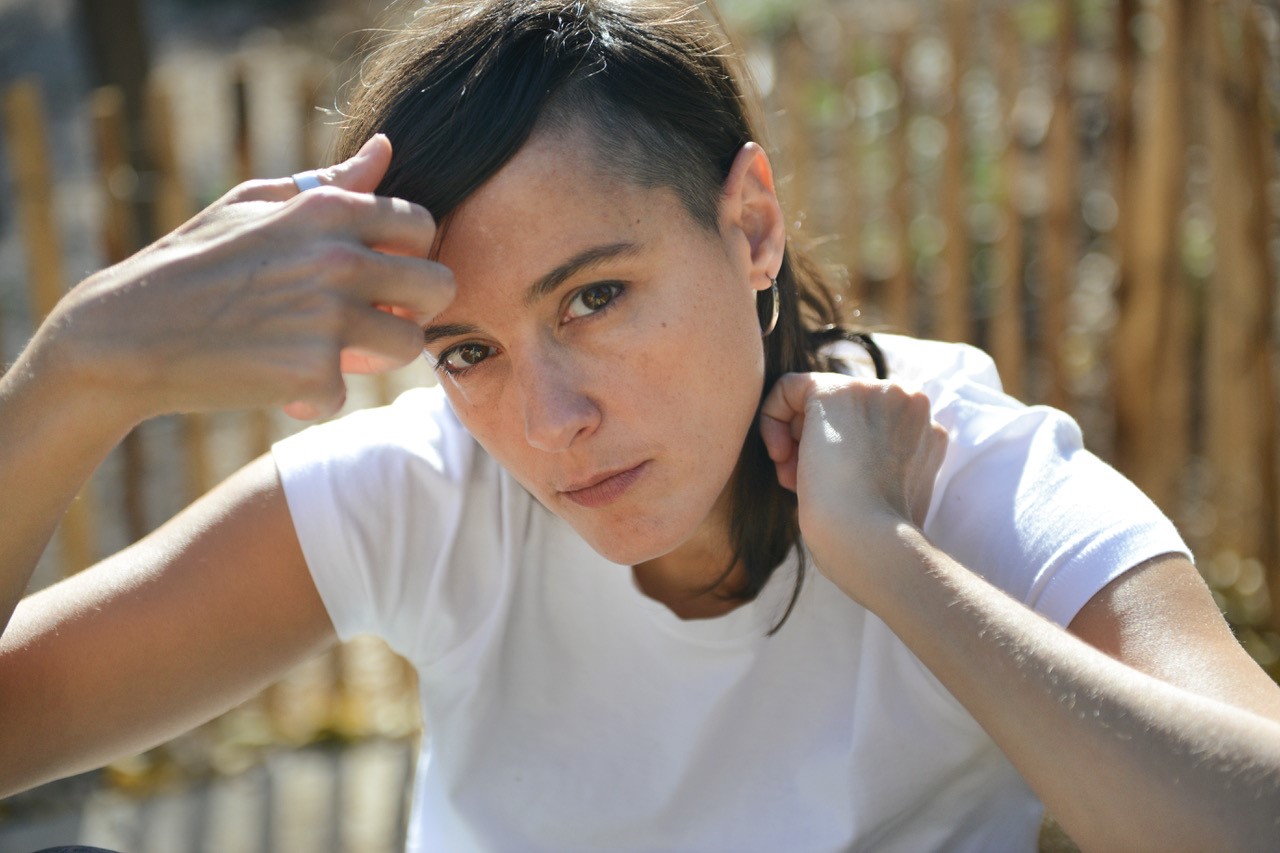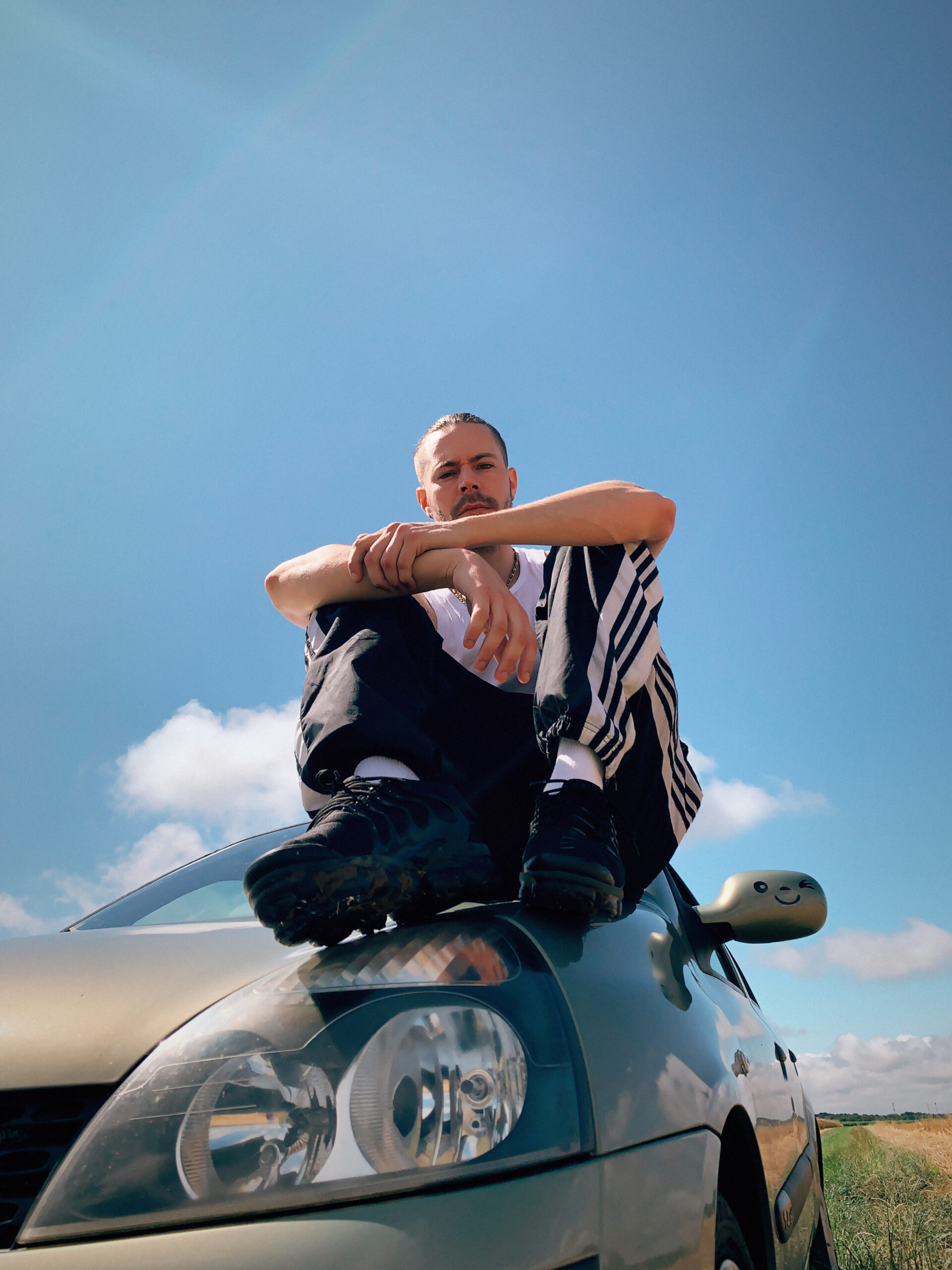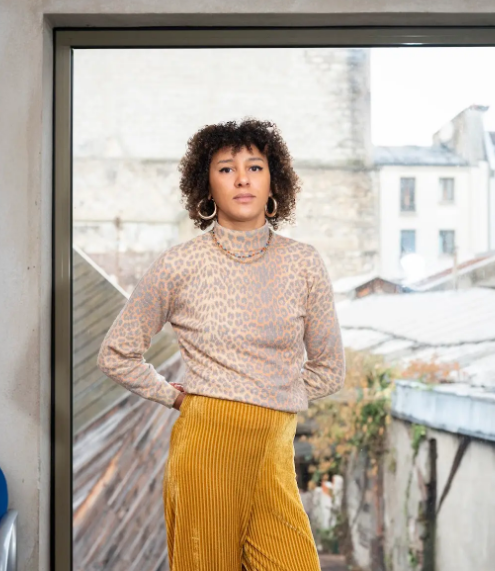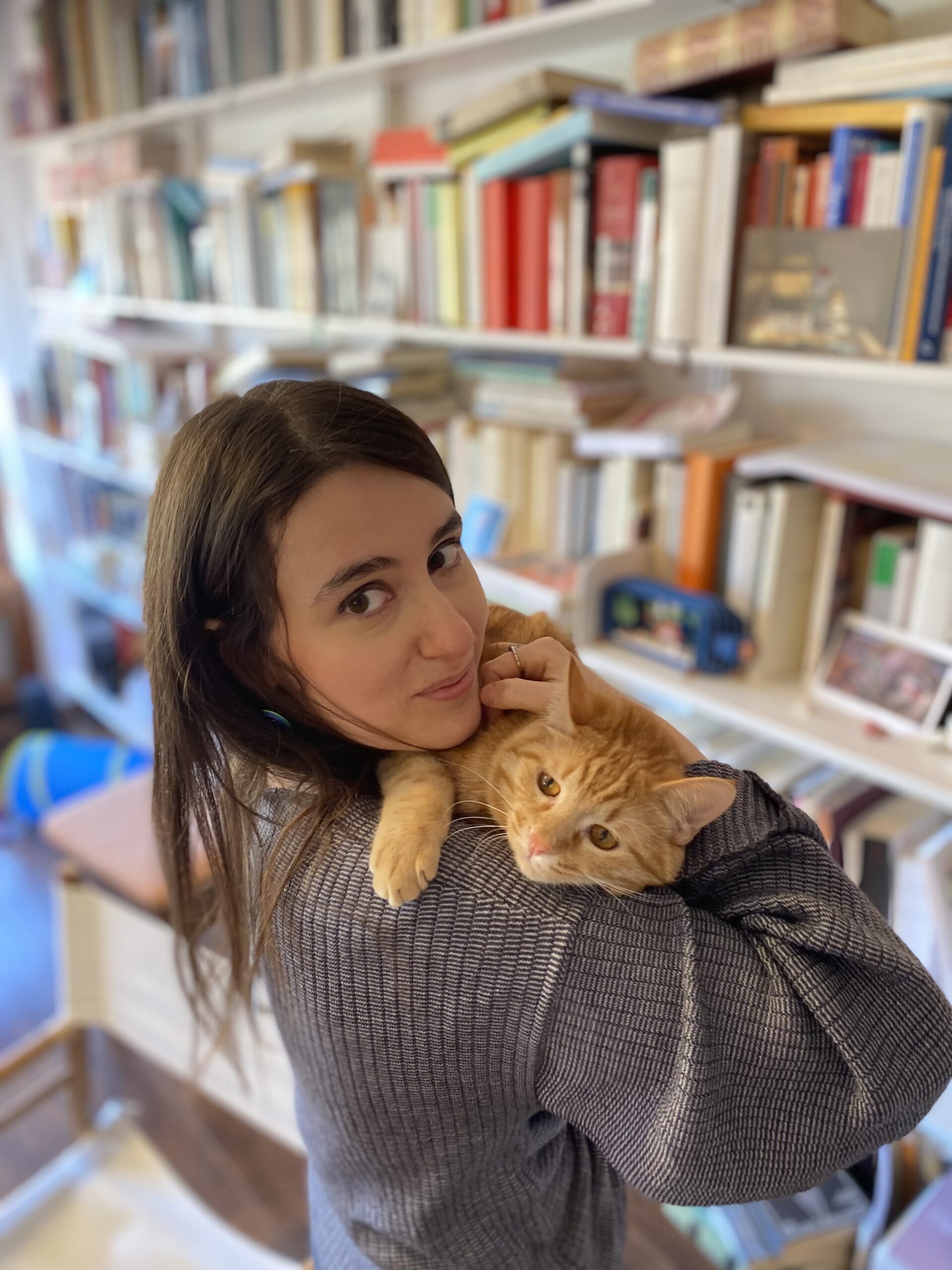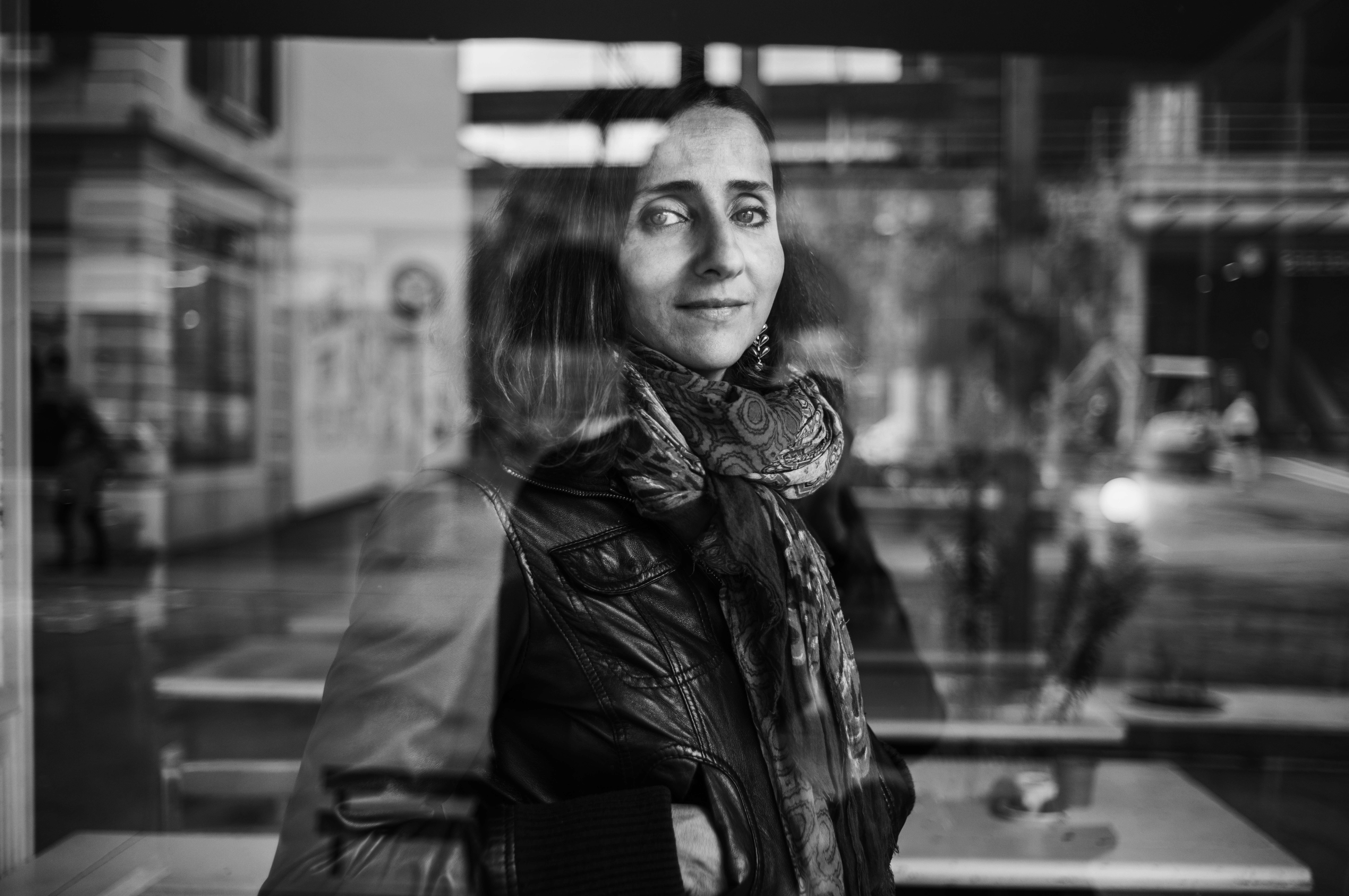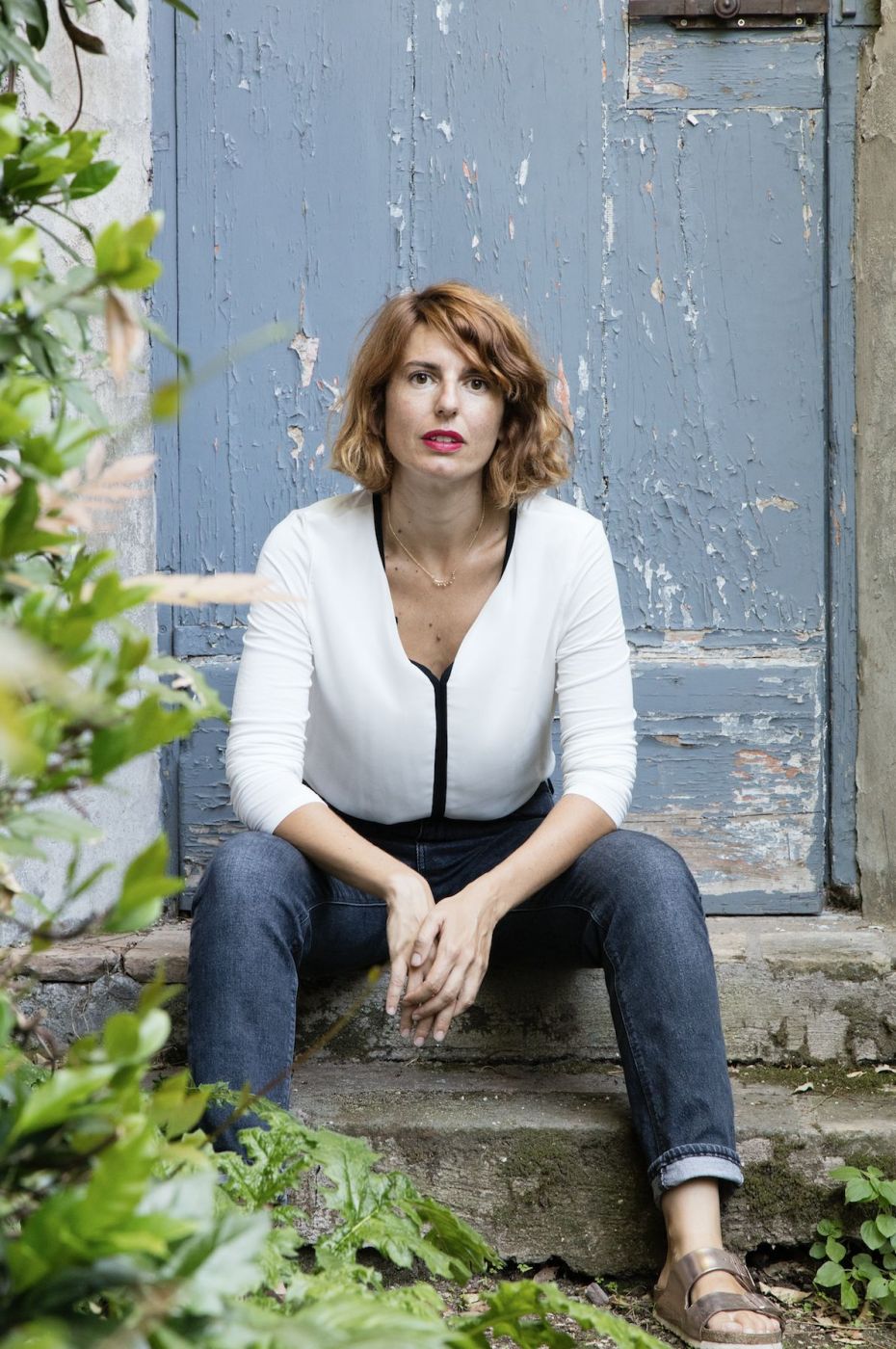Search
Nadir Moknèche

Fellow
0 - 0
Cinema
Biography
Nadir Moknèche
Period: 2010-2011
Profession:
Before I tell you the rest of my story, I’m going to have a beer at the Miami”. So speaks Madame Aldjéria in
Délice Paloma, Nadir Moknèche’s third feature film. A portraitist filmmaker, he reveals a gallery of characters from Algerian society today, after the collapse of revolutionary illusions, the fall of the Berlin Wall and the transition to a market economy, following years of civil war and terrorism. He was born in Paris in 1965. His father died three years later in a work accident, forcing his mother to return with her two sons to Algiers, where she became a switchboard operator at the post office. Nadir went to boarding school with the Brothers of the Christian Schools. He experienced the heyday of Boumediene’s regime, the nationalizations, the agrarian revolution and the shortage of supplies: ”
went to get milk and found only bananas. At 16, he left his family to return to Paris. He returned to the furnished hotel where he was born. ”
L’air de Paris rend libre! He began to learn about life, and discovered the ease and difficulties of living in a major European capital as a lonely, provincial, Algerian teenager. After passing his baccalauréat and studying law for two years, he changed direction and decided to take drama classes, including at the Théâtre national de Chaillot school. During this period of apprenticeship, he discovered cinema, bought a Super 8 camera and learned about images. In 1993, he moved to New York for two years, enrolling in a filmmaking course at the New School for Social Research, where he shot two short films. On his return to Paris, he directed his first feature, shot in Morocco,
Le Harem de Mme Osmane was a pleasant surprise: the film remained in theaters in France throughout the summer of 2000. After recreating Algiers in Morocco, Nadir took the risk of shooting in the streets of his home town. In the winter of 2003, it had already been ten years of civil war and terrorism, over 200,000 dead, and the Algerians were only just beginning to put their heads together.
Viva Laldjérie then escapes like a cry to reveal their humanity, show their faces, unveil their bodies, especially those of the women. And Algiers, with virtually no self-representation, also shows off its traces of war, the green landscape, the freeway, the unfinished buildings, Oscar Niemeyer’s Olympic city. It reveals itself to be strangely Balkan, far from the postcard. Four years later, Algiers had become a bit Roman, summery and full of hanky-panky. In 2007, it’s time for business and privatization. How does one live and get by in a world of tricks, bits and pieces, in a land of entitlements? A madam who has renamed herself
Aldjéria, because she believes herself to be a national benefactress, plans to buy out the Caracalla Spa. This dream, which was supposed to allow her entire clan to change their lives and at the same time redeem their virtue, turns out to be a case of one too many.
Délice Paloma becomes the post-war film that finally shatters all the unifying Algerian myths: socialism, pan-Arabism, nationalism and even Islamism. Strangely enough, the nude sex scenes in
Viva Laldjérie were not censored in Algeria, except by a few overzealous projectionists.
Délice Paloma, on the other hand, failed to obtain a release visa, and the film was
de facto banned from Algerian cinemas. It is now likely that Nadir Moknèche will not be able to film in the country again. Algeria has been under a state of emergency since February 1992. ”
Naturally, this gave me the pretext I’d been waiting for, perhaps looking for, to delve into other worlds; to tell a French story, and tackle male characters, to talk about the society in which I’ve lived for almost 30 years. A stay at Villa Médicis could be a fruitful break, and a new beginning.”
